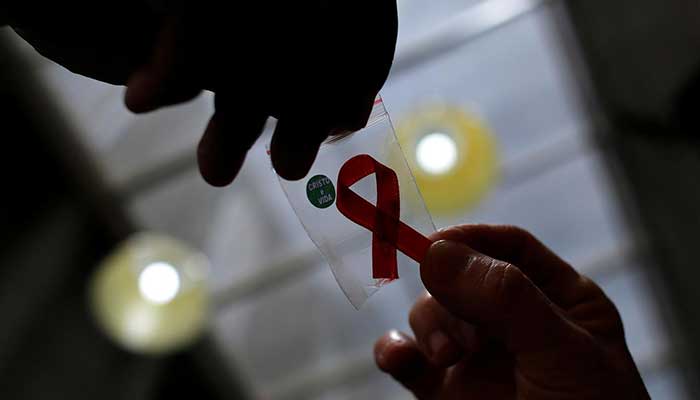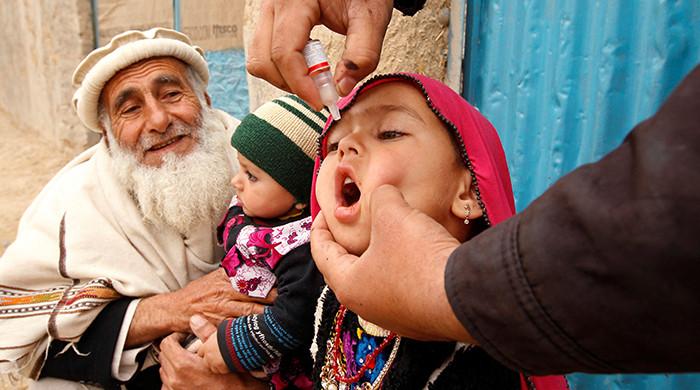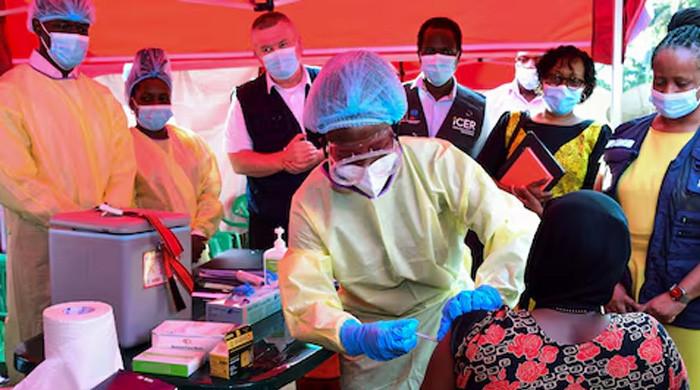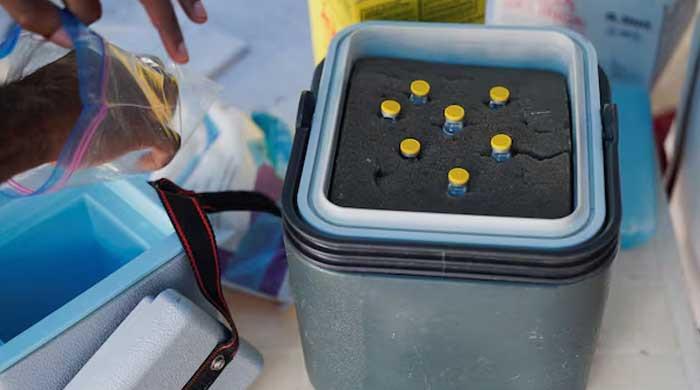UNAIDS says new HIV infections and deaths on the rise in Pakistan
Latest UNAIDS report acknowledges how coronavirus pandemic has stalled the fight against AIDS
July 23, 2020

The Joint United Nations Programme on HIV/AIDS (UNAIDS), in the latest report, said that the new HIV infections and mortalities are on the rise in Pakistan.
The report for the year 2020, titled ‘Seizing the Moment’, described the magnitude of the HIV epidemic in the country and its related issues.
The report mentioned progress to antiretroviral therapy and how important it was for countries to act against the disease and remove inequalities in the process.
“HIV infections in Asia and the Pacific have declined slightly, with reductions in Cambodia, Myanmar, Thailand, and Vietnam offset by sharp increases in Pakistan and the Philippines,” the report stated.
The report stated that so far only 14 countries have met 90–90–90 HIV treatment targets (90% of people living with HIV know their HIV status, of whom 90% are on antiretroviral treatment and of whom 90% are virally suppressed) .
“AIDS-related mortality rates are rising in Afghanistan, Pakistan and the Philippines. Late diagnosis and poor adherence to treatment are missed opportunities to prevent onward transmission and AIDS-related deaths. About half of key populations living with HIV are not aware of their HIV status, but assisted testing and self-testing could increase the rates of HIV diagnosis,” it said.
In 2020, the report stressed that AIDs-related deaths should remain fewer than 500,000 while acknowledging that the new HIV infections will likely not remain fewer than 500,000 due to irregularities caused by the coronavirus pandemic.
The report mentioned that missed targets have resulted in 3.5 million more HIV infections and 820,000 more AIDS-related deaths since 2015. It further said the response could be delayed by 10 years or more if the coronavirus pandemic causes more disruptions in the fight against the disease.
In Asia and the Pacific, the report said that key populations and their partners constituted more than 98% of new HIV infections and most of those were among the youth aged between 15 to 24 years.
It said that a few countries have both high coverage of needle–syringe programmes and moderate coverage of opioid substitution therapy.
The analysis has established that the use of methamphetamine drugs linked to HIV transmission, new harm reduction services should be introduced for altering the patterns in drug use.
Of the 38 million people living with HIV, 25.4 million people are now receiving treatment, which means that 12.6 million people are still waiting around the world.
Since 2010, new HIV infections have been reduced by 23%, primarily due to a substantial decrease of 38% in eastern and southern Africa.
Unfortunately, HIV infections have increased by 72% in eastern Europe and central Asia, by 22% in the Middle East, North Africa, and by 21% in Latin America.
Projecting an estimate, the UNAIDS said that $26.2 billion will be required for the AIDS response in 2020. At the end of 2019, $18.6 billion was available for the AIDS response in low- and middle-income countries, almost $1.3 billion less than in 2017.











